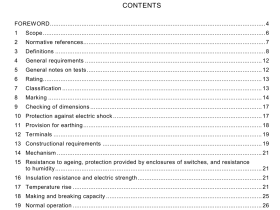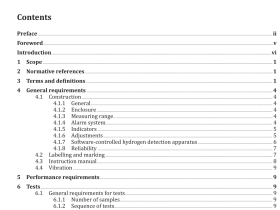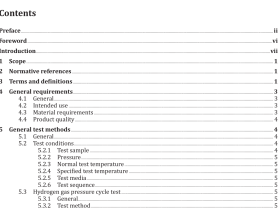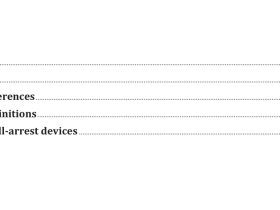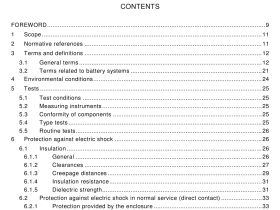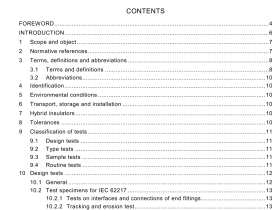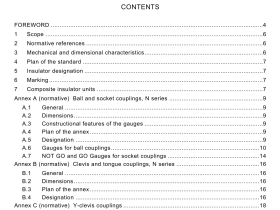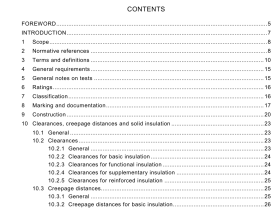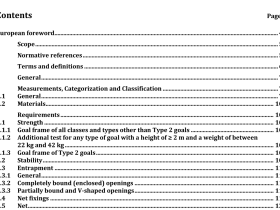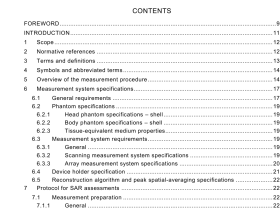AS 3992 pdf download
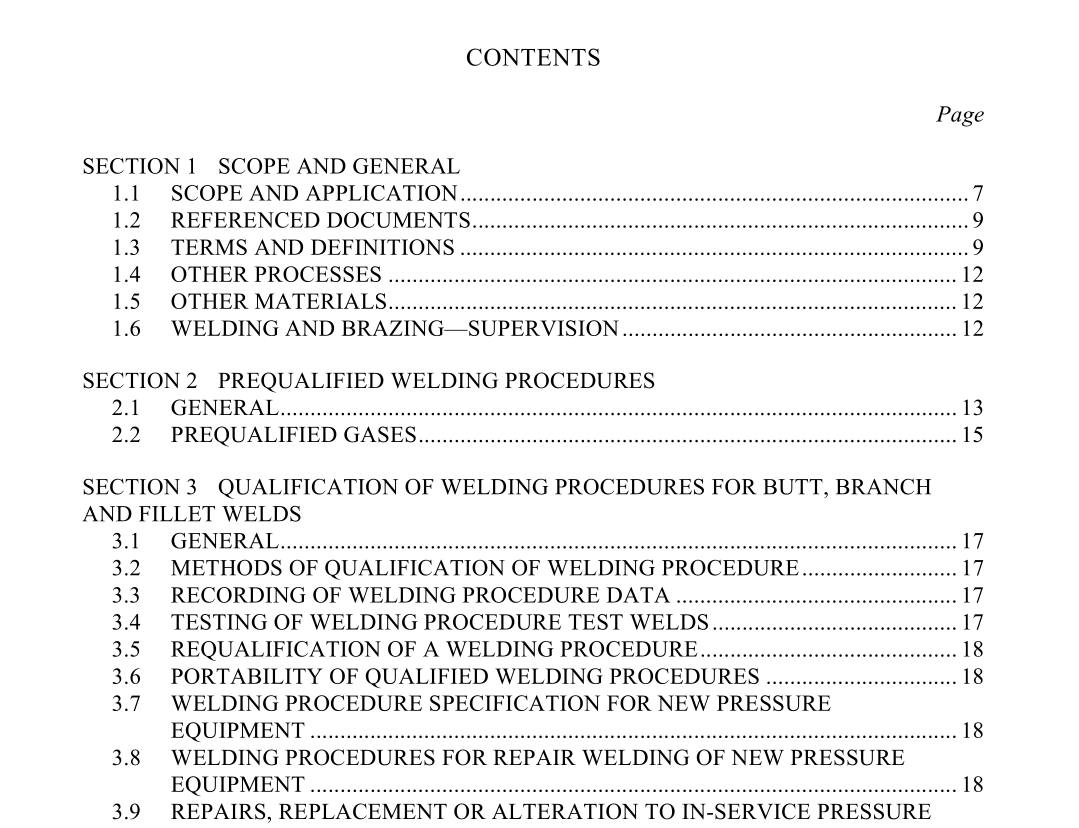
AS 3992 pdf download.Pressure equipment—Welding and brazing qualification
1.1.1 Scope
This Standard specifies requirements for the qualification of welding and brazing procedures, welders and brazers, and requirements for production weld testing other than non-destructive examination, when used in the manufacture, alteration and repair of boilers, pressure vessels, pressure piping and their components as specified in AS/NZS 1200, AS 1210, AS 1228 and AS 4041. See Figure 1 for a summary of the welding and brazing qualification process. This Standard is intended for use by designers, manufacturers, welders, brazers, inspection bodies, inspectors, testing authorities and all persons concerned with the welding and brazing of pressure equipment. This Standard may apply to automotive LP Gas fuel vessels (covered by AS/NZS 3509), serially produced pressure vessels (covered by AS 2971) or welded gas cylinders (covered by AS 2030.1), where specified by these Standards. This Standard does not apply to pipelines in accordance with AS/NZS 2885.2, except where referenced. The Standard provides specific details for the following: (a) Manual metal-arc welding, flux cored arc welding, gas metal-arc welding, gas tungsten-arc welding, submerged arc welding, plasma arc welding, electroslag welding and oxy-acetylene welding. (b) Torch brazing, furnace brazing, induction brazing, resistance brazing and dip brazing. (c) The welding and brazing of carbon, carbon-manganese, and low and high alloy steels; and copper, aluminium, nickel, titanium, zirconium and alloys of these materials. (d) Welding procedure qualification. (e) Welder qualification. Specific details for stud welding, electron-beam welding, explosion welding, laser beam welding, electro-gas welding, fusion welding of plastics and friction welding processes are not covered by this Standard. For these, see ASME BPVC-IX or equivalent. The principles established in this Standard may be used in the qualification of processes, materials and applications not covered by the scope outlined above
1.1.2 Application
Where there are differences between this Standard and AS 1210, AS 1228 or AS 4041, the requirements of this Standard apply. Where this Standard makes reference to other Standards, these referenced Standards are not intended to be limiting or exclusive and other equivalent national standards acceptable to the parties concerned may be substituted for the referenced Standards. AS/NZS 1200 provides a list of pressure equipment Standards used in Australia and New Zealand. Conformance to ASME BPVC-IX, ISO 15607, or ISO 15614-1 is deemed to be an acceptable alternative to the requirements of this Standard where agreed between manufacturer and purchaser. Where this Standard (AS 3992) requires tests not already completed under these ASME and ISO Standards, then this can be covered by those additional tests only, rather than repeating the full set of tests; for example, as part of a production test plate. Users of this Standard are reminded that it has no legal authority in its own right, but may acquire legal standing in one or more of the following circumstances: (a) Adoption by a government or other authority having jurisdiction. (b) Adoption by a purchaser as the required standard of manufacture when placing a contract. (c) Adoption where a manufacturer states that pressure equipment is in accordance with an application Standard which mandates conformance to this Standard.
1.3 TERMS AND DEFINITIONS
For the purpose of this Standard, the definitions in AS 2812 and those below apply. Weld positions are defined within AS/NZS 3545. 1.3.1 Backing gas Backing using gas primarily for the purpose of preventing atmospheric reaction on the reverse side of a joint preparation. 1.3.2 Brazer Person who performs a manual brazing operation. 1.3.3 Brazing operator Person who operates furnaces or other automatically controlled or timed brazing equipment. 1.3.4 Build-up Overlay welding to restore required dimensions. 1.3.5 Buttering Surfacing variation in which one or more layers of weld metal are deposited on the weld face of one member (e.g. a high alloy weld deposit on steel base metal that is to be welded to a dissimilar base metal). The buttering provides a suitable transition weld deposit for subsequent completion of the butt joint.
